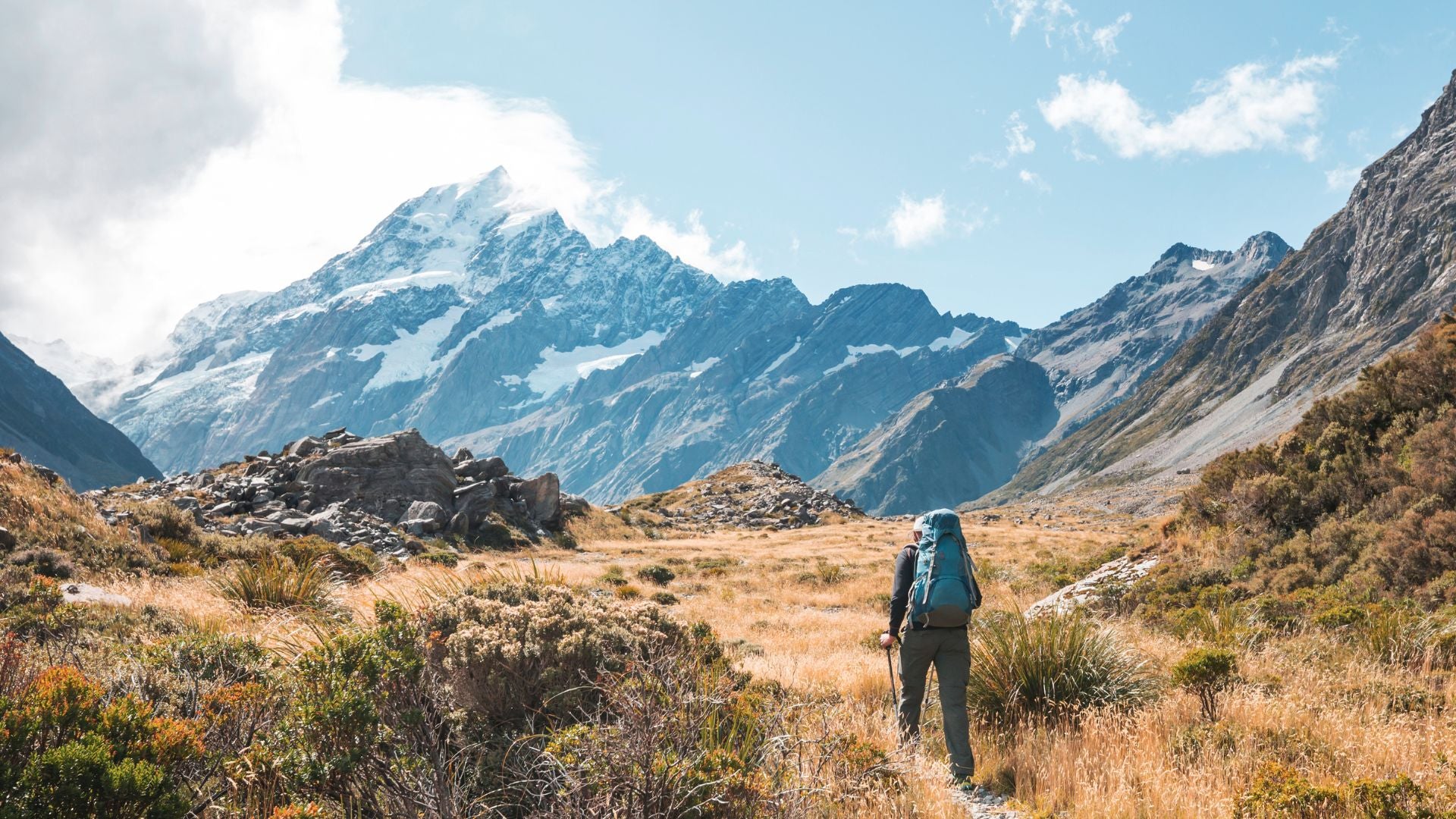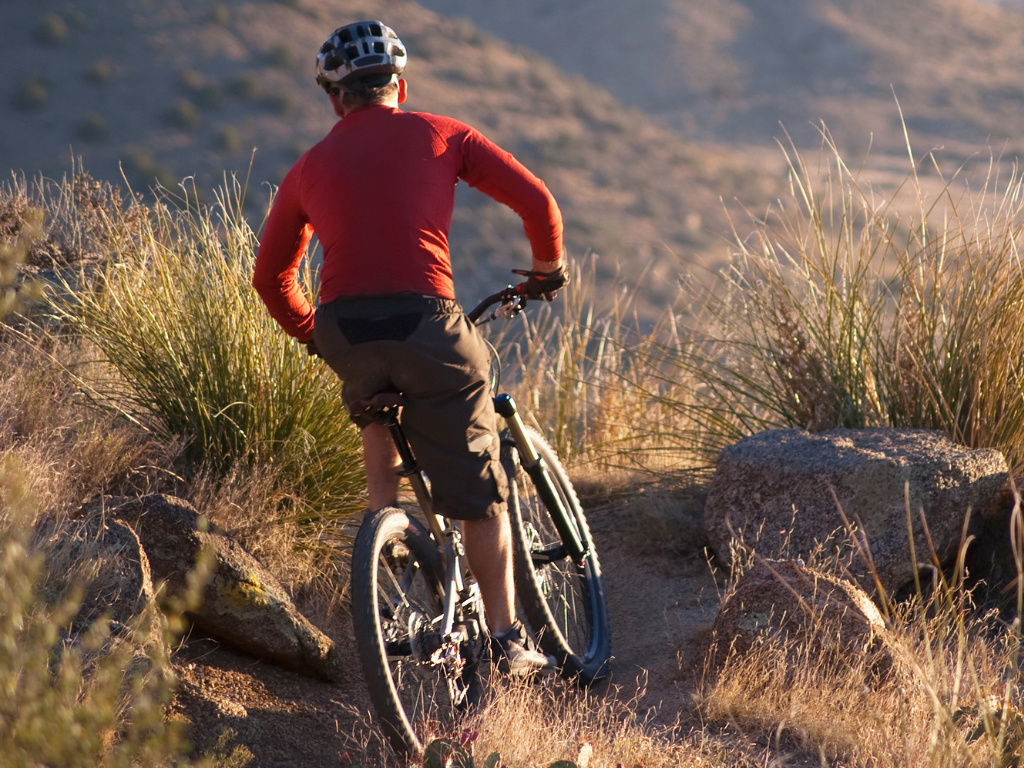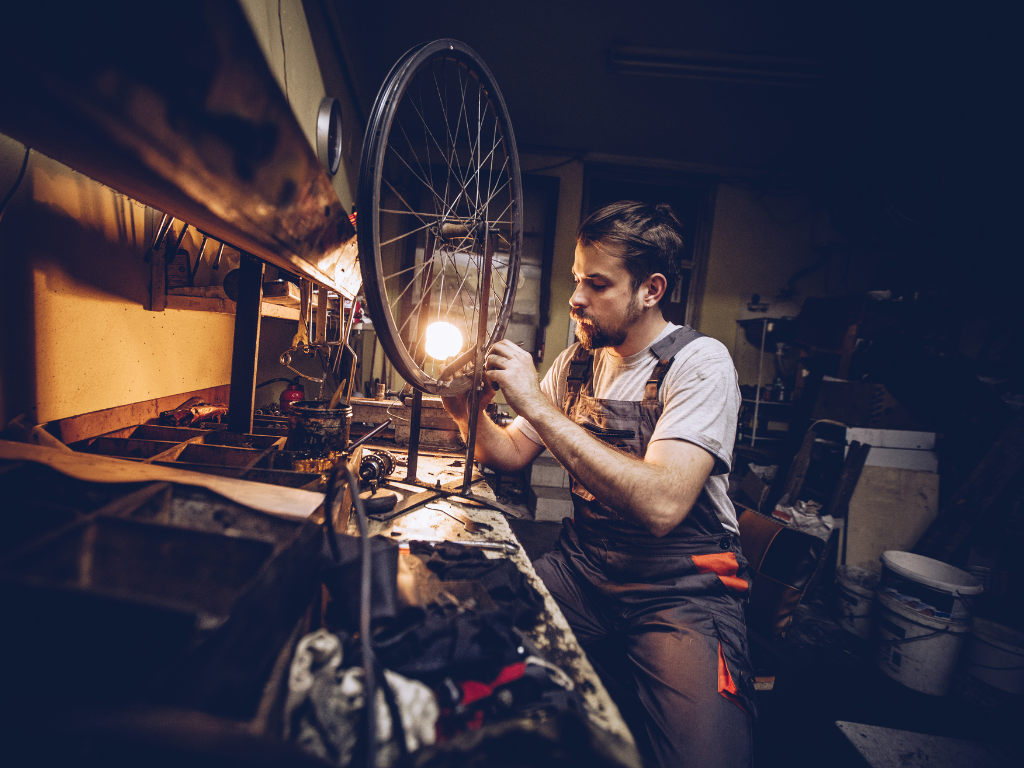
The Differences Between Downhill and Enduro MTB helmets
The question we get asked a lot is: What’s the difference between a full face downhill helmet and a full face enduro helmet?
The short answer is that full face downhill helmets are heavier, have less ventilation and provide better impact protection. Enduro full face lids are lighter with much better ventilation, but less impact protection.
The main reason for the difference is speed - the faster you’re riding the more protection you want.
But there are few more important things you should know about MTB helmets that one day might just save your life!
The classic saying about helmets is that the best helmet is the one you’re wearing. But even though something is better than nothing helmet-wise, there’s a lot more to making sure you have the right one.

Fit
The single most important thing about a helmet is its fit. A poorly fitting helmet might not stay in place in a crash and be annoying and uncomfortable and ruin your ride. Your helmet should fit snugly around your head - without being done up! With the helmet sitting level above your eyes, there should be about a gap of about one finger between your forehead and the front of the helmet. Wear the helmet for a few minutes to make sure there are no pressure points. Premium downhill and enduro helmets often have several internal adjustments so you can customise your fit.
Ventilation
Downhill helmets tend to have a lot less ventilation, so they can get really hot on the uphill, especially in warm weather. The more ventilation a helmet has the less protection it will give you – because holes! You can get an idea of how much airflow you’ll get by taking a look at the shape and size of the vents, and how much padding there is. Look for internal channels and intake and exhaust vents to give good airflow.

Weight
This is one of the big differences between downhill and enduro helmets. Downhill helmets tend to be a lot burlier to cope with high-speed crashes. In either category premium helmets will usually have a better ‘protection to weight ratio’ due to incorporating expensive materials like carbon fibre.
Construction
International helmet safety standards measure impact reduction – which is relevant to protecting you from skull fractures, but they don’t evaluate the forces that cause concussions, which happen inside the skull. MIPS and POC Spin technology is designed to reduce the forces that cause concussion. These helmets have a sliding liner that allows the helmet to rotate independently of your head during an angled impact to minimize the rotational impact forces that causes concussions. Some high-end helmets use carbon fibre, like the POC Coron Air Carbon, which is very light and also very good at absorbing and distributing energy to minimise the effect of impacts on your brain.
Price
Often mountain bikers spend up large on their bikes, and then skimp on their helmet. Even cheap helmets will protect to your skull and brain in an impact, so why pay more? It’s simple, a premium helmet with give your skull and brain better protection, with a better fit and more comfort.
What’s more, expensive helmets will also usually feel ‘expensive’ and look cooler with better finish, looks and construction materials.
Additional features to consider
-
goggle/glasses compatibility
-
built in camera/light mounts
-
breakaway and flexible visors
Summary
The most important part of any downhill or enduro is wearing it! So you need to be happy with your choice. If that means spending more to get a premium helmet, then it’s money well spent.
Check out our range of helmets for downhill, enduro and general trail riding.



